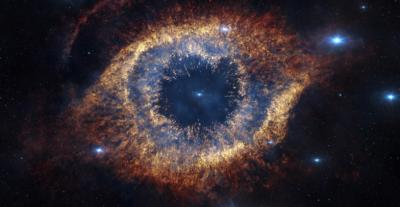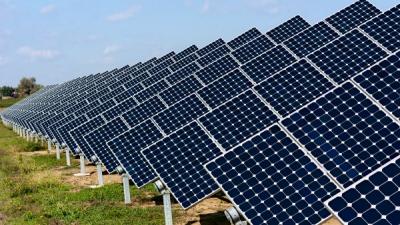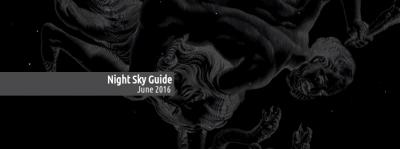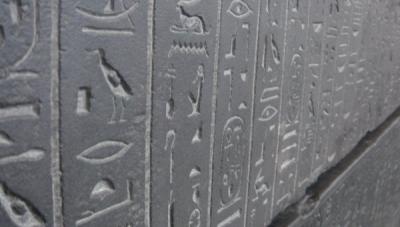On June 3, planet Saturn will be at its closest approach to Earth and its face will be fully illuminated by the Sun. It will be brighter than any other time of the year and visible all night long.
The best time of the month to observe faint objects such as galaxies and star clusters because there is no moonlight to interfere - New Moon - is on June 5. On the same day, planet Mercury will be well placed for observation across much of the world, shining brightly at mag -1.9.
The Ophiuchid meteor shower will reach its maximum rate of activity on June 20, 2016, but some shooting stars associated with the shower are expected to be visible each night from May 19 to July. The maximum rate of meteors expected to be visible from a dark location is around 5 per hour (ZHR). However, the Full Moon will severely limit the observations that will be possible.
On the same day, at 22:34 UTC, the North Pole of the Earth will be tilted toward the Sun, which will have reached its northernmost position in the sky and will be directly over the Tropic of Cancer at 23.44 degrees north latitude. This is the first day of summer (summer solstice) in the northern hemisphere and the first day of winter (winter solstice) in the southern hemisphere - June Solstice.












